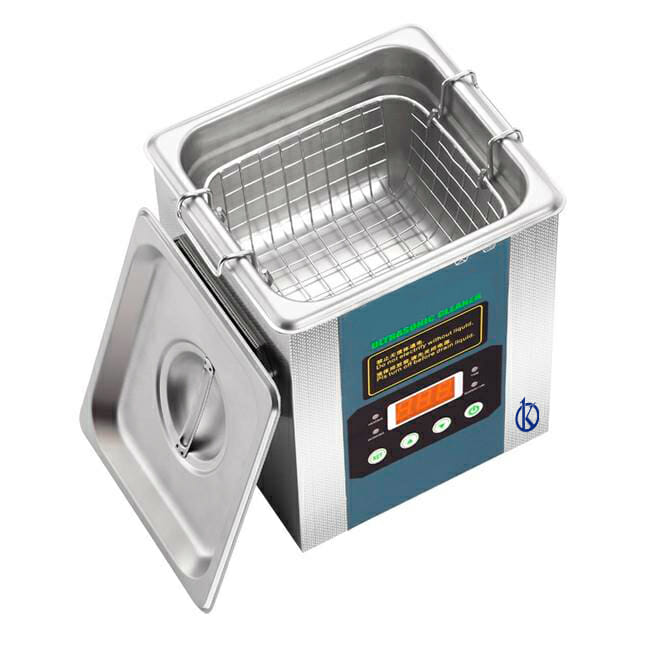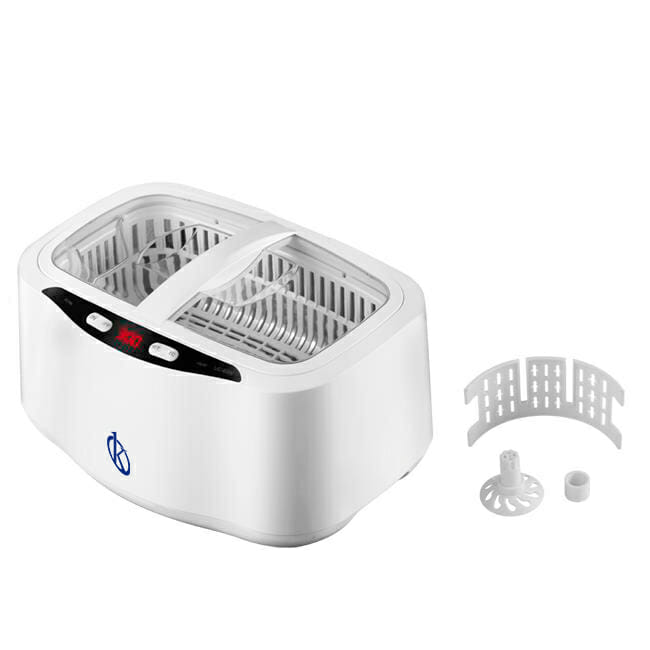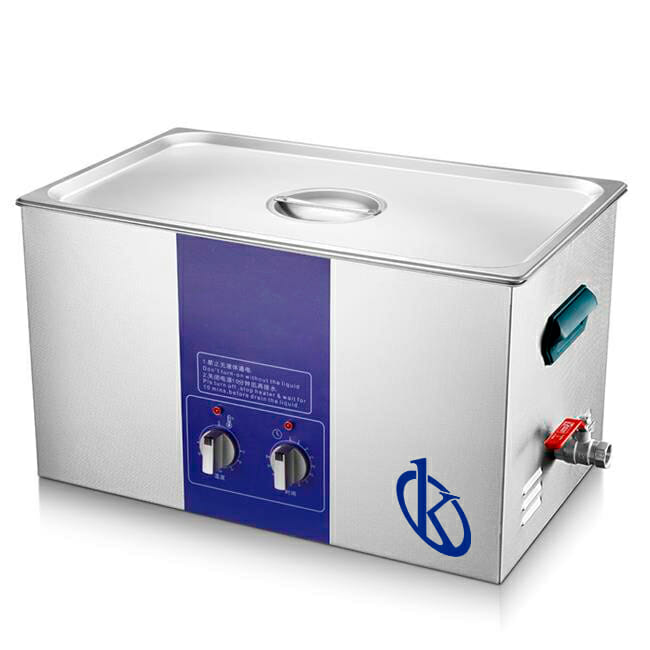A patient monitor is one of the most important medical equipment in a hospital, clinic or other medical facility; so read these equipment that are usually found in intensive care units (ICU); it serves to monitor the vital signs of patients in critical condition who must be subjected to constant surveillance by health personnel in case of any alteration in the values of these parameters recorded with this equipment.
This medical device allows patients to monitor vital signs such as heart rate (ECG), respiratory rate (RESP), non-invasive blood pressure (NIBP), pulse (PR), oxygen saturation (SpO2), temperature (TEMP), CO2 and invasive blood pressure (PAI).
Who is in charge of reading a patient monitor in ICU?
Readings from a patient monitor are conducted by trained health professionals; because they must be able to interpret the vital signs that are read on the screen and know how to distinguish the alarms they report from any alteration in the vital signs; because the correct interpretation and rapid analysis of the information provided by a patient monitor depends on the patient’s life. The values can be seen on the monitor screen; both graphics and digital or numerical values must be appreciated with the naked eye for better and easy visualization by medical and nursing staff.
Using a patient monitor, accurate blood pressure and other vital signs as mentioned above can be recorded. With these electronic equipment, physicians obtain an assessment of the physiological conditions of their patients in order to be able to issue an appropriate diagnosis in case of any pathology.
Parameters that can be read in a monitor of ICU patients
- Respiratory rate: It is one of the most important vital signs, it is simply counting the number of times a person inspires/breathes per minute.
- Blood pressure: It’s the force of blood pushing against the walls of the arteries. They are measured in millimeters of mercury (mm Hg).
- Body temperature: The measurement of peripheral body temperature is a useful determination to identify a disease.
- Heart rate: It is the rhythm or regularity with which the heartbeat is generated or occurs, it is usually two noises and should be rhythmic and regular, occurring 60 to 100 times in a minute, the latter is called heart rate.
- Pulse: It refers to the number of heartbeats per minute. The pulse measurement provides key information about any cardiac alteration, and therefore indications about any possible medical condition.
- Oxygen saturation: It’s the amount of oxygen available in the blood. When the heart pumps blood, oxygen binds to the red blood cells and distributes through the body.
What do we offer you in Kalstein?
Kalstein is a company MANUFACTURER of medical and laboratory equipment of the highest quality and that have the most advanced technology at the best prices in the market, so we guarantee you a safe and effective purchase, knowing that you have the service of a solid company and committed to health. This time we present our patient monitor YR 02175. It is a semi-modular monitor of medium and high complexity, specially designed to be used in ICU, Pavilion and Emergency in Adult, Pediatric or Neonatal patients. Among its main characteristics we find:
- The model features a large 12.1-inch TFT color LCD with anti-glare system and Touch Screen function, plus a backup battery of up to 3.5 hrs.
- It can also be connected to a monitoring station and incorporates protocol to connect to HIS, CIS, LIS and PACS systems, and with port for 2G SD memory card.
- Basic parameters included: ECG, ST, Arrhythmia, Respiration, 2 Temperature, SpO2, Noninvasive Pressure, PPI.
- Additional parameters and options: SpO2 Masimo (Rainbow), SpO2 Nellcor, 2 to 8 Invasive Pressures, Analysis of Anesthetic Agents, CO2 (MainStream, SideStream, MicroStream), FiO2, Invasive and Non-Invasive Cardiac Expenditure, Printer Module.
For more information we invite you to take a look HERE




